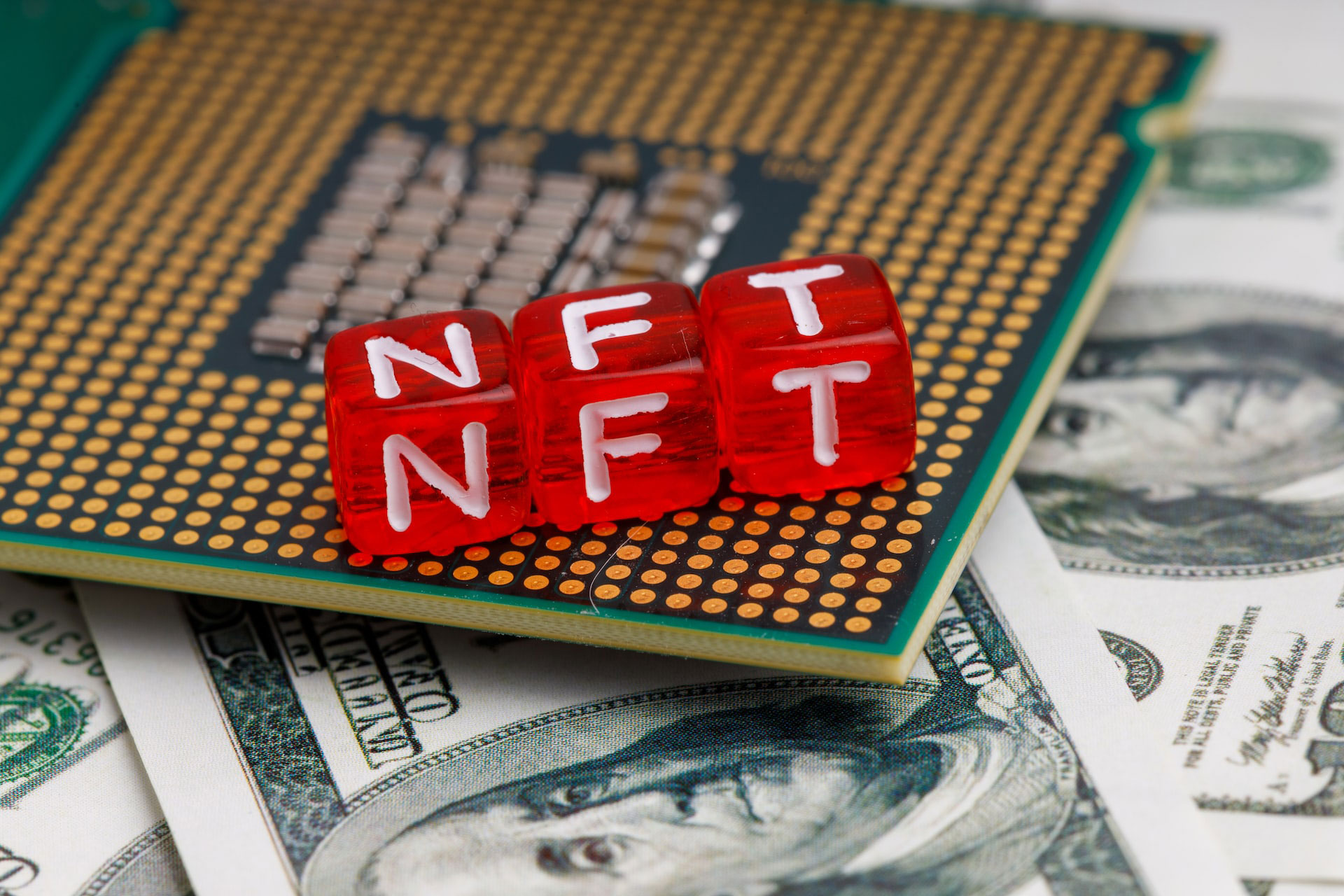Understanding what the future of the internet holds is a little like nailing jello to a wall, but what we do know is it’s changing, fast. Web3 could change how we all use the internet, and businesses are investing heavily to understand what the metaverse and the rising of the NFT could mean for them in the future.
Here’s what we know so far about the NFT market
· Facebook spent more than $10 billion in 2021 on its metaverse division (although there are legitimate questions about whether they gambled too soon, and the markets are not yet convinced)
· The NFT market is worth about $3 billion
· BUT, most people don’t know what an NFT is, and while the metaverse might change everything in years to come, it’s not going to happen any time soon (some experts are touting 2040 as the date by which organisations will be fully operational in the metaverse).
Most of the drive for these technologies comes from four needs:
1. A need for new ownership. Too few large organizations control too much of our online space
2. A need for trust. Too much of our data is in the hands of these organisations, and people don’t trust them with it
3. A need for equality. We want our online worlds to be more democratic and equal, accessible by all
4. A need for greater security. Our data is too often at risk.
Let’s look at where all this has come from.
Web1 was the birth of online publishing, mostly comprising static, readable web pages. It was one-way communication.
Web2 saw the proliferation of social media. People could, for the first time in any meaningful way, participate in the internet by creating their own content.
Web3 is all about ownership by users, combining the open protocols of Web1 with the active participation of Web2. It democratizes the internet. (En route between Web2 and Web3 are the technologies that will enable Web3, namely virtual reality, augmented reality.)
So, Web3 is a version of the internet that meets our four needs:
- Ownership. This is a decentralized internet, with ownership distributed among builders and users.
- Equality: Everyone can participate
- Trust: Web3 does not user third-parties to gather data, and people retain ownership of their digital assets (more on that in a moment)
- Security: Web3 doesn’t rely on traditional financial institutions, but uses tokens such as crypto and NFTs, built especially for this environment.
At the heart of Web3 is the Metaverse.
Today, this has become a catch-all term for an immersive experience where users can socialize, play games, and attend meetings or events. In truth, we don’t know a fraction of what will become possible, in the way we didn’t know what was coming at the birth of Web1. But broadly, the Metaverse includes interactive environments using VR and AR. It is a digital extension of our physical world.
So, how do NFTs fit into all this?
NFTs, or non-fungible tokens, have emerged as something of a foundation for the structure, access and economy of the metaverse. They’ve had some bad press, but essentially they are a token that are evidence of owning a unique digital asset. That asset could be a piece of digital artwork, a piece of music, a pair of trainers, an avatar, an audio or video file, or a plot of virtual land.
There are four key areas in which they are useful (that we know of today!):
- Real estate. They can be used as proof of ownership, or digital deeds, in purchases of virtual land
- Gaming. Users can receive NFT awards
- Fashion. If a user purchases an item online, an NFT proves this purchase. It could even be used to blend online and offline shopping, or to ‘move’ a purchase from one virtual environment to another
- Social. Likeminded users build communities around their owned NFTs.
There are some serious issues that need addressing, though. There is huge climate controversy around NFTs. The creation of an average NFT has the environmental impact similar to driving 500 miles. This is because they don’t sit on a single computer or server, but potentially on millions (decentralised blockchains). And it’s likely to get worse before it gets better.
They’re gaining traction. All the major platforms now feature NFT artists and creators. Some of the biggest brands have dabbled with NFTs, including McDonalds, Nike, Coca Cola. But it’s early days. Brands playing with NFTs are doing so not just for novelty, but to see how they might impact on brand loyalty, commerce and community. They know that NFTs need to prove value beyond a piece of digital artwork.
So the key will be in combining offline and online experiences, in the way that some brands are already doing successfully. Starbucks Odyssey, for example, gives loyalty members and employees the opportunity to earn and buy digital collectibles that unlock coffee ‘experiences’, both online and in Starbucks’ stores.
There’s so much we don’t yet know, and there will be use cases developing that we can’t even imagine right now. But what we do know is that big brands, and big platforms are experimenting and planning to see what’s possible in the new world of Web3.
If you’d like to know more about how your brand could get involved, we’d love to talk to you.





